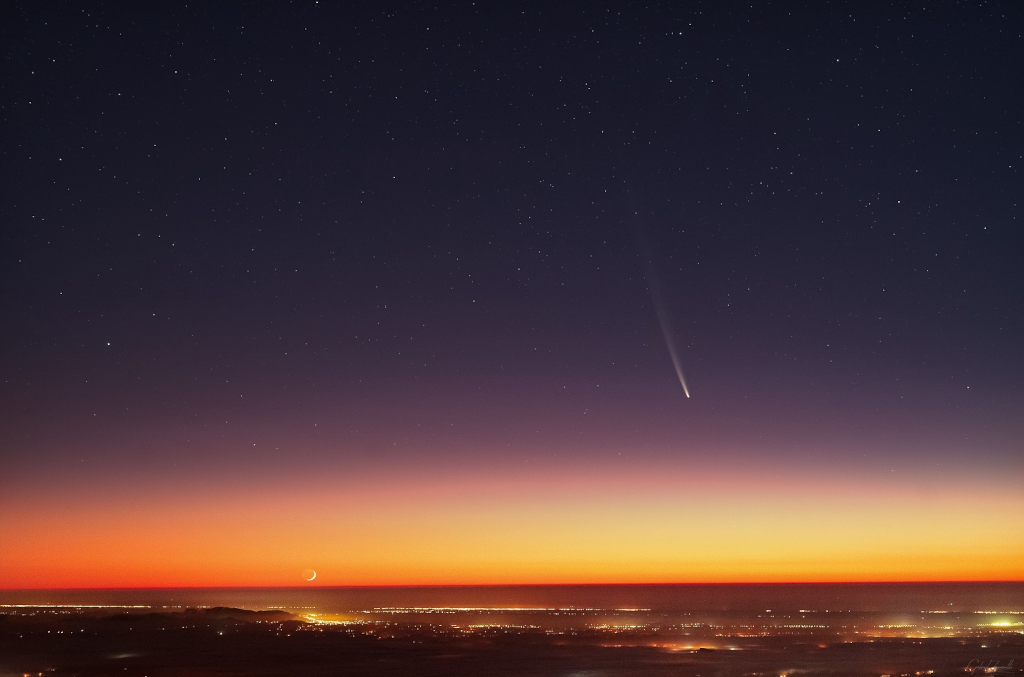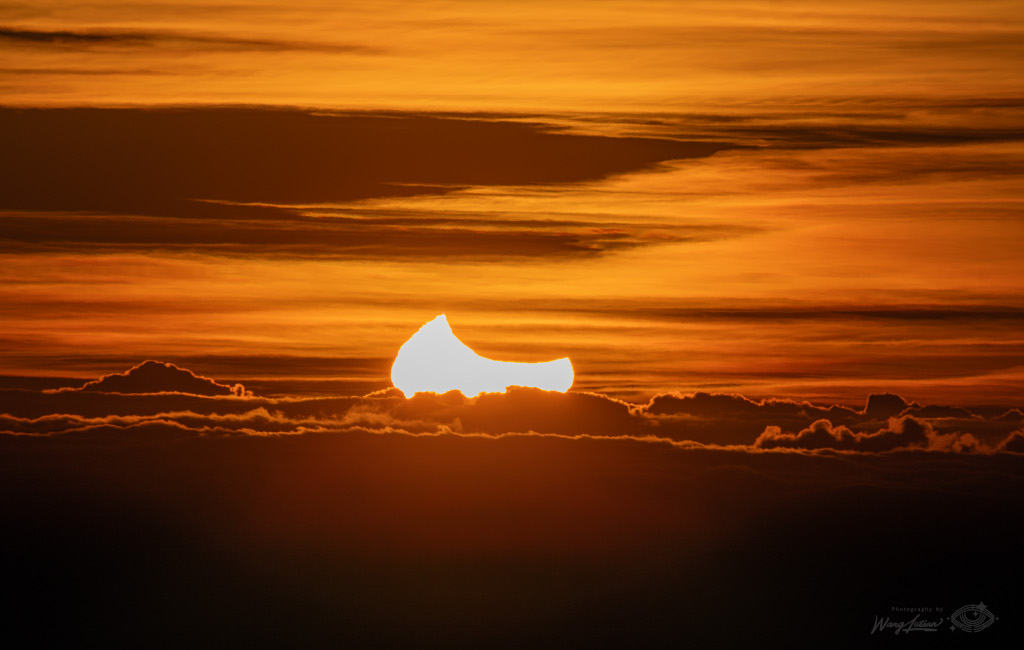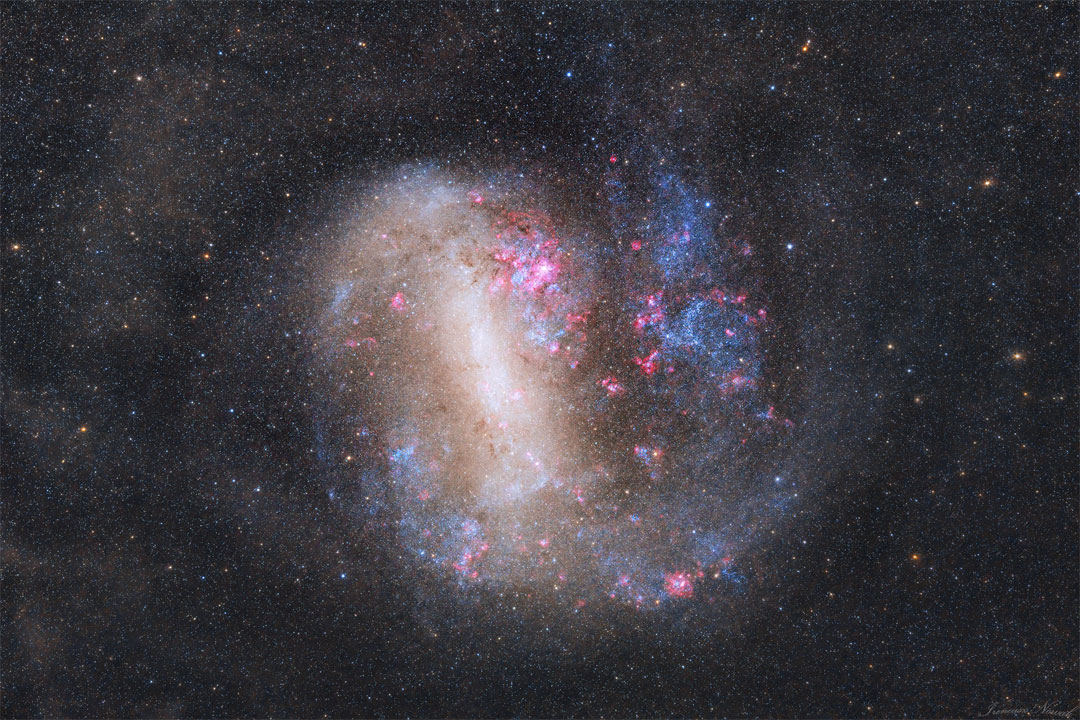L'hypertension peut être atténuée avec 5 super aliments. Ils constituent la base d'une alimentation riche en fibres, en antioxydants et en potassium. C'est LE combiné gagnant de haut niveau pour diminuer l'hypertension. Voici donc ces 5 super aliments qui vont vous permettre de vivre plus longtemps :
1. Céleri. Le céleri est un aliment ayant un fort pouvoir diurétique, riche en potassium et en vitamine C. En Asie, il est utilisé depuis des siècles pour réduire l'hypertension. Manger 4 branches par jour est suffisant pour diminuer la pression sanguine. Il réduit aussi les effets de la "goutte", les problèmes de rhumatisme et protège de certains cancers.
2. Fruits rouges. Tous les types de baies sont bons pour la santé. Cependant, les myrtilles, les framboises et les fraises sont parmi les meilleures quand il s'agit de faire baisser l'hypertension. Leur concentration en vitamine C, fibres et potassium y contribue fortement.
3. Avoine. Des recherches ont montré que manger de l'avoine (céréales de type muesli) régulait la pression artérielle.Selon un rapport du Managed Care Scientific Journal, 73% des participants qui ont mangé de l'avoine chaque jour pendant 12 semaines ont été capables d'arrêter ou de diminuer leur médication contre l'hypertension.
4. Brocoli. Une étude médicale récente a démontré que le brocoli diminuait les risques d'hypertension, de maladies cardio-vasculaires et de crises cardiaques. Le potassium et le chrome qu'il contient régulent la tension sanguine. Ses forts antioxydants permettent aussi de protéger le corps humain de la destruction cellulaire et, donc, des cancers.
5. Bananes. Les bananes sont une super source de potassium qui contrôle la pression sanguine, selon la grande diététicienne Stéphanie Dean. De plus, la banane contient peu de sodium (sel). C'est ce rapport haut en potassium et faible en sodium, plus sa teneur en fibres, qui la propulse comme l'un des meilleurs aliments pour lutter contre l'hypertension.
CommentEconomiser










